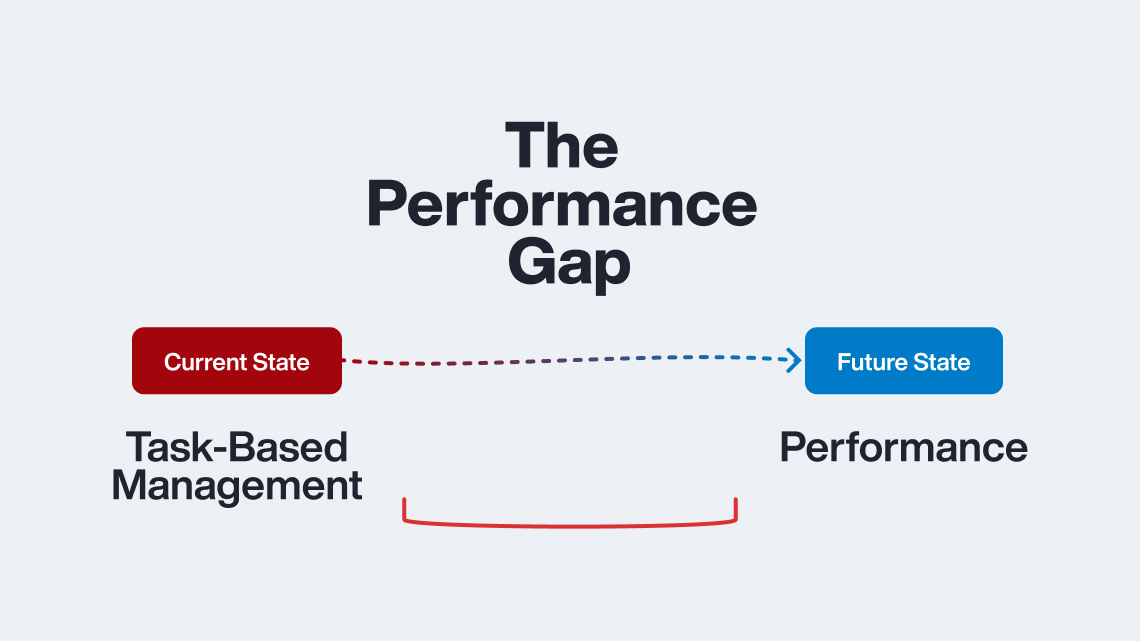Published on August 15th, 2013
By Aimee Miller
According to the US Census Bureau, the population of the United States grew by more than 4% from 2006 to 2011. However for that same period, there was only about 3% growth in the number of overall households. And while there was only about 2% growth in family households, non-family households grew at nearly 5%, which means more people are living with roommates who are non-relatives. Some of this accounts for the recent growth in the rental market. With the economic and housing crises over the past half decade, fewer people can afford to own their own homes, so the pressure is building on the rental market.
Rental Vacancy Rates Decline
According to a report on rental housing market conditions conducted by the U.S. Census Bureau, average rental vacancy rates declined in the US from 8.4% in 2009 to 7.4% in 2011. Nearly four times as many metropolitan areas saw declines in vacancy rates than those that experienced increases. Rental households increased from 34.1% in 2009 to 35.4% in 2011. One in four metropolitan areas saw a rise in rentals while less than 3% saw declines.
As can be expected with the law of supply and demand, this shift has increased costs for renters. Tenants that spend more than 35% of their income on rent and utilities are classified as having “high” rental rates. Renters in that category increased from 42.5% in 2009 to 44.3% in 2011. Overall, however, average rental rates in the US declined in that two-year period, so the percentage of wages spent on rents may suggest more about income levels than rental costs for the entire market.
Help For Renters On The Way?
Congress is looking at this burden on renters and may adopt tax policy to aid them in a similar way that the mortgage interest deduction benefits homeowners. The Bipartisan Policy Center found that the government spends $120 billion annually to help homeowners but only half of that to aid renters. They also found that homeowner deductions tend to flow to higher income earners as opposed to low and moderate income earners with the greatest housing needs.
As both the employment picture and housing market continue to improve, there is hope that younger Americans, who have largely been out of the home buying market, may jump back in. According to a Gallup Poll, 70% of non-homeowners in the 18-29 age group plan to buy a home in the next 10 years. The release of this pent-up demand bodes well for both the rental and owner-occupied housing markets in the long term.
In the short term, however, the state of the housing market will continue to put pressure on the rental market both on vacancy rates and rents.









Charissa Frerichs
—
Really great article. Very informative. I will be re-posting on my Blog!